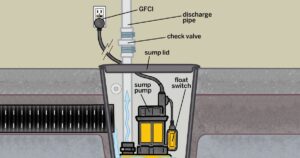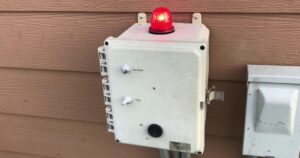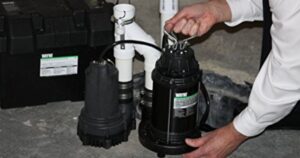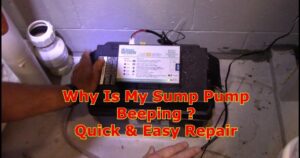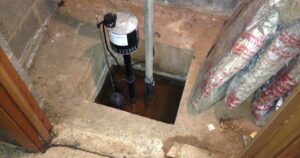Did you know that sump pumps consume an average of 750 to 1,500 watts of power? Understanding the wattage of your sump pump is crucial for assessing energy consumption and managing electricity costs. In this article, we will delve into the factors affecting sump pump wattage, provide insights on calculating energy usage, explore energy-efficient options, and offer tips to reduce electricity expenses. Join us as we unlock the secrets behind sump pump power consumption and make informed decisions for a more efficient home.
Key Takeaways
- The size and design of the sump pump motor determines its power output and affects electricity consumption.
- Pumping frequency and efficiency play significant roles in the energy usage of a sump pump.
- Installing an energy-efficient sump pump can reduce electricity costs and promote sustainable living.
- Regular maintenance, proper sizing, and utilizing off-peak electricity rates can contribute to efficient energy usage and cost savings.
Factors Affecting Sump Pump Wattage
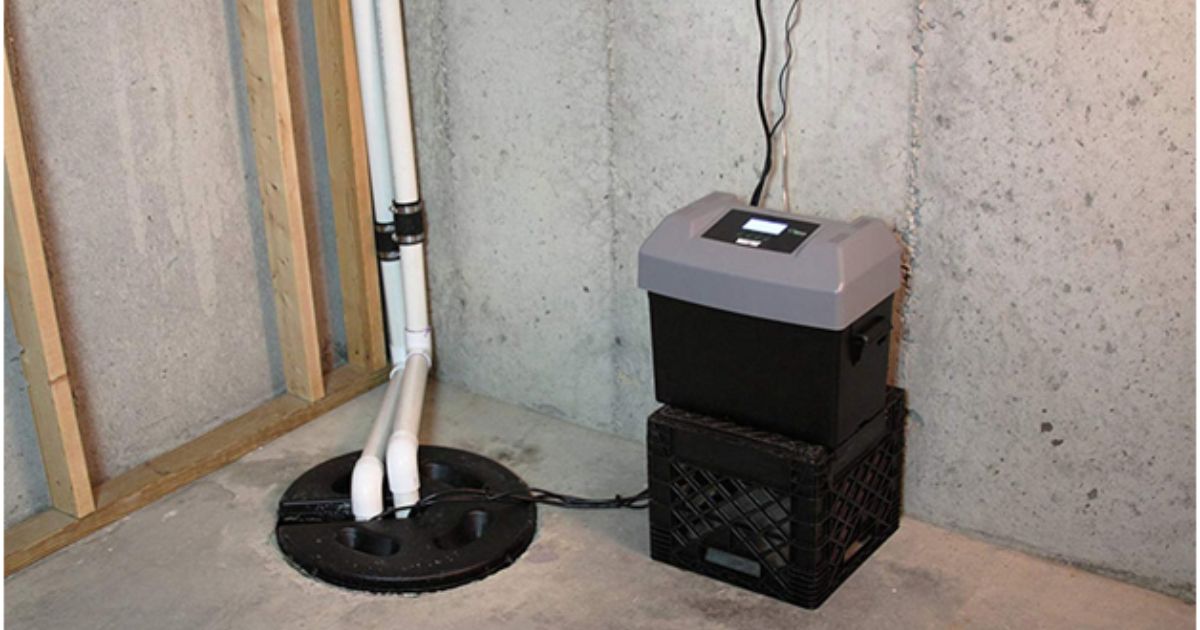
One of the key factors affecting sump pump wattage is the size of the motor. The motor size determines the power output and ultimately affects the amount of electricity consumed by the sump pump. A larger motor will generally require more watts to operate efficiently. Other factors that can affect sump pump wattage include the design and efficiency of the pump, the type of pump (submersible or pedestal), and the condition of the pump’s components. Regular maintenance is crucial to ensure optimal performance and energy efficiency. Neglecting maintenance can lead to decreased lifespan of the sump pump, as well as increased energy consumption. Therefore, it is important to schedule regular maintenance checks and address any issues promptly to maximize the lifespan of the sump pump and minimize energy consumption.
Understanding Average Sump Pump Power Consumption
To better understand the average power consumption of a sump pump, it is important to consider various factors that contribute to its energy usage. Here are three key factors to consider:
- Pump Size: The size and capacity of the sump pump directly affect its power consumption. Larger pumps with higher horsepower will require more energy to operate.
- Pumping Frequency: The frequency at which the sump pump activates plays a significant role in its power consumption. If your area experiences frequent heavy rainfall or flooding, the pump will need to work more often, resulting in higher energy usage.
- Efficiency and Maintenance: Regular sump pump maintenance, such as cleaning the pump and checking for any blockages, can help improve its efficiency. An efficient pump will consume less power to perform its function effectively.
Additionally, installing a sump pump backup system can also impact power consumption. These backup systems are designed to kick in when the primary pump fails, ensuring continuous operation and potentially increasing power usage.
How to Calculate Sump Pump Energy Usage
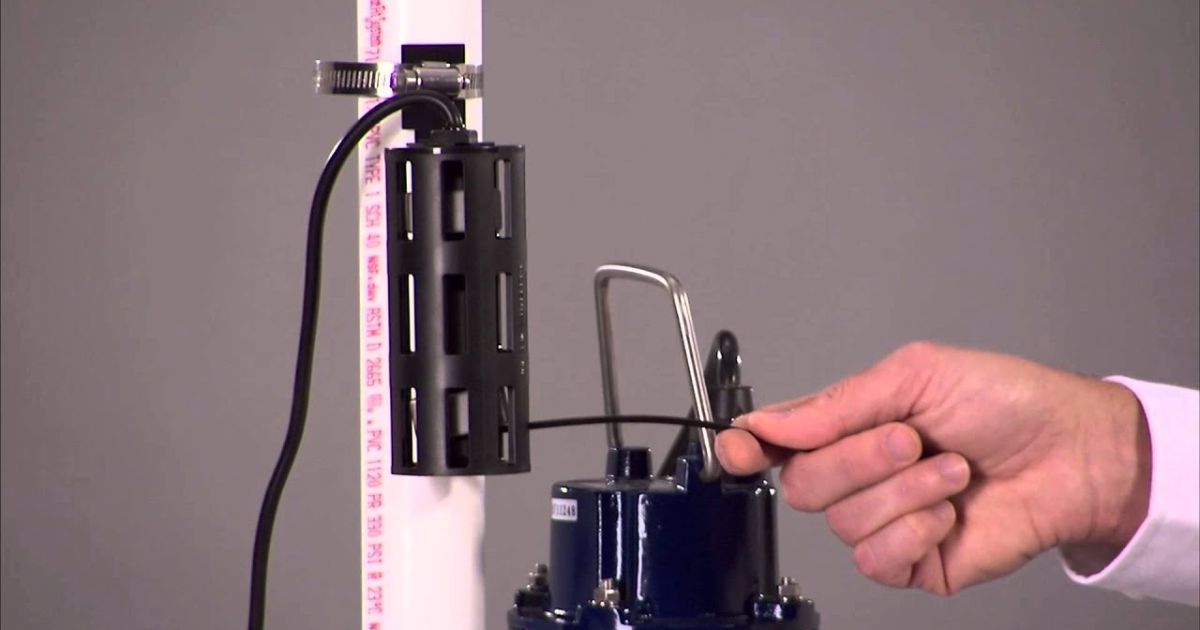
Calculating the energy usage of a sump pump involves considering factors such as pump size, pumping frequency, efficiency, maintenance, and the installation of backup systems. To calculate the energy usage, you need to determine the power consumption of the pump, which is typically measured in watts. This can be found in the pump’s specifications or by using a watt meter watts Does a Sump Pump Use. Once you know the power consumption, you can multiply it by the number of hours the pump operates to determine the total energy usage in watt-hours.
To help you understand the calculations better, here is a table showing the energy usage of a typical sump pump based on different power consumption and operating hours:
| Pump Power Consumption (Watts) | Operating Hours per Day | Energy Usage (Watt-hours) |
|---|---|---|
| 500 | 4 | 2000 |
| 750 | 6 | 4500 |
| 1000 | 8 | 8000 |
Calculating the energy efficiency of a sump pump can help you determine how effectively it converts electrical energy into mechanical energy. Higher efficiency means less wasted energy, resulting in lower operating costs. One way to improve energy efficiency is by using a solar-powered sump pump. Solar pumps harness the power of the sun, reducing reliance on electricity and providing an environmentally friendly alternative. Additionally, solar pumps can be equipped with battery backup systems, ensuring continuous operation even during power outages. By considering energy efficiency and exploring alternative options like solar-powered sump pumps, homeowners can reduce their environmental impact and save on energy costs.
Energy-Efficient Sump Pump Options
Energy-efficient sump pump options offer homeowners an environmentally friendly alternative to traditional electric-powered pumps. These pumps not only help conserve energy but also provide several benefits that make them an attractive choice for those looking to reduce their carbon footprint. Here are three key advantages of energy-efficient sump pumps:
- Lower energy consumption: Energy-efficient sump pumps are designed to use less electricity compared to conventional pumps. This reduces overall energy usage and helps homeowners save on their utility bills.
- Longer lifespan: Energy-efficient pumps are built with high-quality materials and advanced technology, resulting in a longer lifespan compared to standard pumps. This means fewer replacements and less waste in the long run.
- Reduced environmental impact: By using less energy, energy-efficient sump pumps contribute to a smaller carbon footprint. This helps protect the environment and promotes sustainable living.
When considering sump pump options, it is important to compare their wattage and energy efficiency ratings to make an informed decision.
Tips for Reducing Sump Pump Electricity Costs
When looking to reduce sump pump electricity costs, homeowners can implement several strategies to optimize energy usage and save on utility bills. By following these energy-saving strategies, homeowners can significantly decrease their sump pump electricity bills while still maintaining an efficiently functioning system.
One effective strategy is to invest in an energy-efficient sump pump model. These models are designed to consume less electricity while still providing the necessary pumping power. Additionally, regular maintenance and inspections can ensure that the sump pump is operating at maximum efficiency. This includes checking for any leaks, cleaning the pump and pit, and replacing worn-out parts.
Another strategy is to install a sump pump timer and rent a sump pump. This allows homeowners to schedule the pump to run during off-peak hours when electricity rates are lower. By utilizing this feature, homeowners can further reduce their electricity bills.
Furthermore, implementing proper sump pump sizing can also contribute to energy savings. A pump that is too large for the job will consume unnecessary electricity, while an undersized pump may struggle to handle the workload efficiently. Consulting with a professional can help determine the appropriate pump size for the specific needs of the property.
By implementing these sump pump energy-saving strategies, homeowners can reduce their electricity bills and contribute to a more energy-efficient home. The table below summarizes these strategies for easy reference:
| Energy-Saving Strategies | Benefits |
|---|---|
| Invest in an energy-efficient pump | Decreased electricity consumption |
| Regular maintenance and inspections | Optimal pump performance |
| Install a sump pump timer | Lower electricity rates during off-peak hours |
| Proper sump pump sizing | Efficient energy usage and cost savings |
FAQ’s
How Do I Determine the Appropriate Size of a Sump Pump for My Basement?
To determine the appropriate size of a sump pump for basement flooding prevention, several factors must be considered, including the size of the basement, the potential water volume, and the desired pumping capacity.
Can a Sump Pump Be Connected to a Backup Power Source in Case of a Power Outage?
A sump pump can be connected to a backup power source, providing protection against power outages. This ensures that the pump continues to function effectively, preventing basement flooding and minimizing property damage. The benefits of using backup power options are significant.
Are There Any Specific Electrical Requirements or Considerations When Installing a Sump Pump?
When installing a sump pump, it is important to consider electrical safety and adhere to specific requirements. This includes proper grounding, use of GFCI outlets, and following manufacturer guidelines for maintenance and power supply.
Can a Sump Pump Be Used in Areas With High Water Tables or Excessive Groundwater?
When considering the installation of a sump pump in areas with high water tables or excessive groundwater, it is important to evaluate the specific electrical requirements and maintenance needs of the pump.
Is It Possible to Install Multiple Sump Pumps in a Single Basement for Added Protection?
Installing multiple sump pumps in a single basement can provide added protection against flooding. Benefits of using multiple sump pumps include increased pumping capacity, redundancy in case of pump failure, and improved efficiency in removing water.
Conclusion
In conclusion, calculating the wattage of a sump pump is crucial in understanding its energy usage and finding ways to reduce electricity costs. Factors such as pump size, motor efficiency, and usage patterns all play a role in determining the power consumption of a sump pump. By opting for energy-efficient models and implementing strategies to reduce water intrusion, homeowners can minimize their environmental impact and save on electricity bills.

